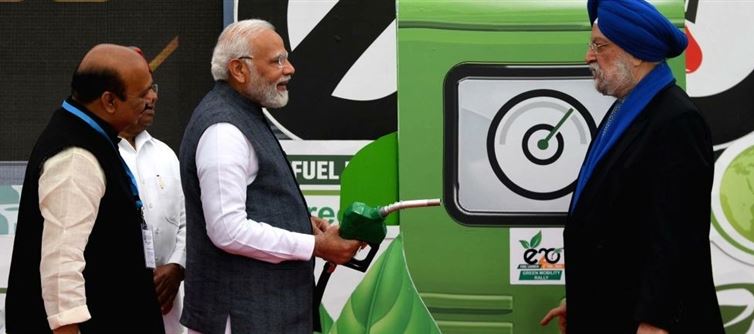
The hidden cost becomes clear with simple calculations. A 10% drop in mileage leads to an effective increase of 11.1% in cost per kilometre. So, at a pump price of ₹100 per litre, consumers are in reality paying the equivalent of ₹111 per litre with a 10% drop in efficiency. If mileage falls by 15%, the effective cost rises to ₹118, and with a 20% drop, it goes up to ₹125. This silent escalation in expenses feels like a disguised price hike, one that particularly hurts middle-class households and commercial drivers already struggling with inflation. Unlike a direct increase in petrol prices—which often sparks political debate and media scrutiny—ethanol blending quietly shifts the financial burden onto consumers without changing the numbers on the board.
That said, the government’s rationale for pushing ethanol blending cannot be dismissed. india spends billions annually on crude oil imports, making energy diversification a strategic priority. Supporting domestic ethanol production not only reduces this dependence but also provides farmers with an alternative market, particularly in the sugarcane sector. Environmentally too, ethanol is seen as a cleaner-burning fuel that could help lower carbon emissions in the long term.
The real question, however, is whether this transition should come at the cost of transparency and consumer choice. Offering both pure petrol and ethanol-blended fuel at pumps, along with clearer communication about mileage impacts, could help strike a fairer balance. Without such measures, what is framed as a green reform risks being perceived by the public as nothing more than hidden taxation—or as critics bluntly call it, “loot.”




 click and follow Indiaherald WhatsApp channel
click and follow Indiaherald WhatsApp channel